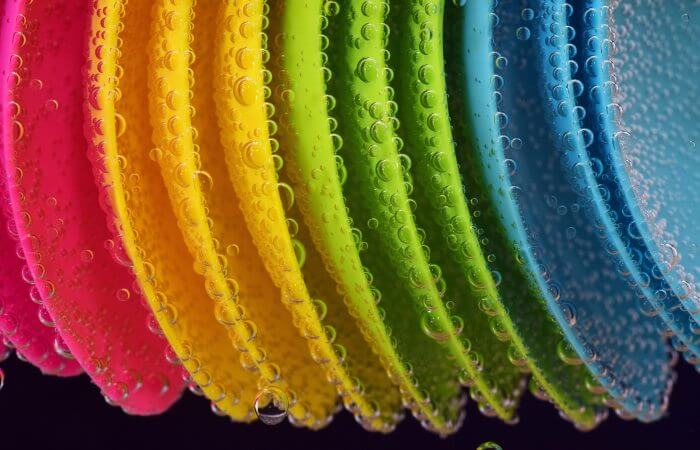PLA plastic

PLA plastic.
PLA plastic – polylactic acid (PLA) – a biodegradable, biocompatible, thermoplastic, aliphatic polyester.
Description:
PLA plastic – polylactic acid (PLA) is a biodegradable, biocompatible, thermoplastic, aliphatic polyester, which monomer is lactic acid.
Raw material for production is annually renewable resources such as corn and sugar cane.
Properties:
the melting point 173-178 °C
– softening temperature – 50 °C,
– hardness (Rockwell) – R70-R90,
– elongation at break of 3.8%,
– Flexural strength – 55,3 MPa,
– tensile strength is 57.8 MPa,
– modulus of elasticity in tension is 3.3 GPA,
– modulus of elasticity in bending and 2.3 GPA,
– the temperature of the glass transition – 60-65 °C,
– density of 1.23-1.25 g/cm3,
– minimum wall thickness – 1 mm
– the accuracy of printing is ± 0.1%,
– the size of the smallest details – 0.3 mm,
– shrinkage in the product – no;
– water absorption – 0,5-50%.
Advantages:
non – toxic,
– wide color palette
– when printing, no need for a heated platform,
– the dimensions of the stable,
– ideal for moving parts and mechanical models
– excellent sliding of the parts,
– energy savings due to low-temperature softening of the filament,
– there is no need to apply Kapton for brushing the surface to build the prototype
– the smoothness of the surface of the printed product,
– a more detailed, completely ready to use objects.
Application:
– as environmentally friendly products with a short lifespan (biodegradable food packaging, disposable tableware, packages, different packaging),
– personal hygiene,
– in medicine, for the production of surgical sutures and pins
– 3D printers as a source material for printing.
Note: © Photo



